Chrysanthemums are a favorite flower for many gardeners, offering vibrant colors and abundant blooms in the fall. To ensure they return next year and continue to brighten your garden, it’s important to properly overwinter your chrysanthemums.
With the right care and preparation, you can protect them from the harsh winter months and enjoy another stunning display of flowers when the weather warms up. Here’s a guide on how to overwinter chrysanthemums for next year’s blooms, so you can keep this beloved plant thriving year after year.
Choose the Right Location
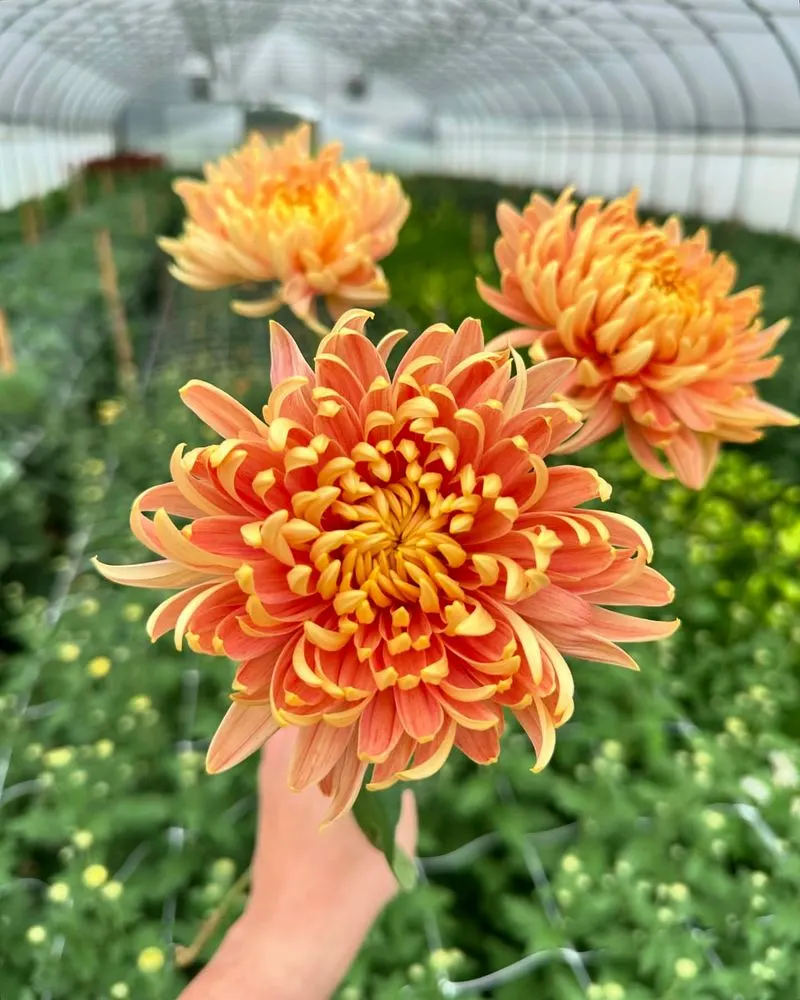
Consider where your chrysanthemums will thrive over winter. Opt for a spot that offers partial shade, shielding them from the harshest winter winds. A location with good drainage is crucial, as waterlogged soil can lead to root rot. If you’re in a region with severe winters, placing them near a south-facing wall can provide additional warmth.
Urban gardeners might use containers, which can be moved to a sheltered area. Such thoughtful placement not only enhances survival but also prepares the plants for a robust spring revival. Remember, location is key to overwintering success.
Prune at the Right Time
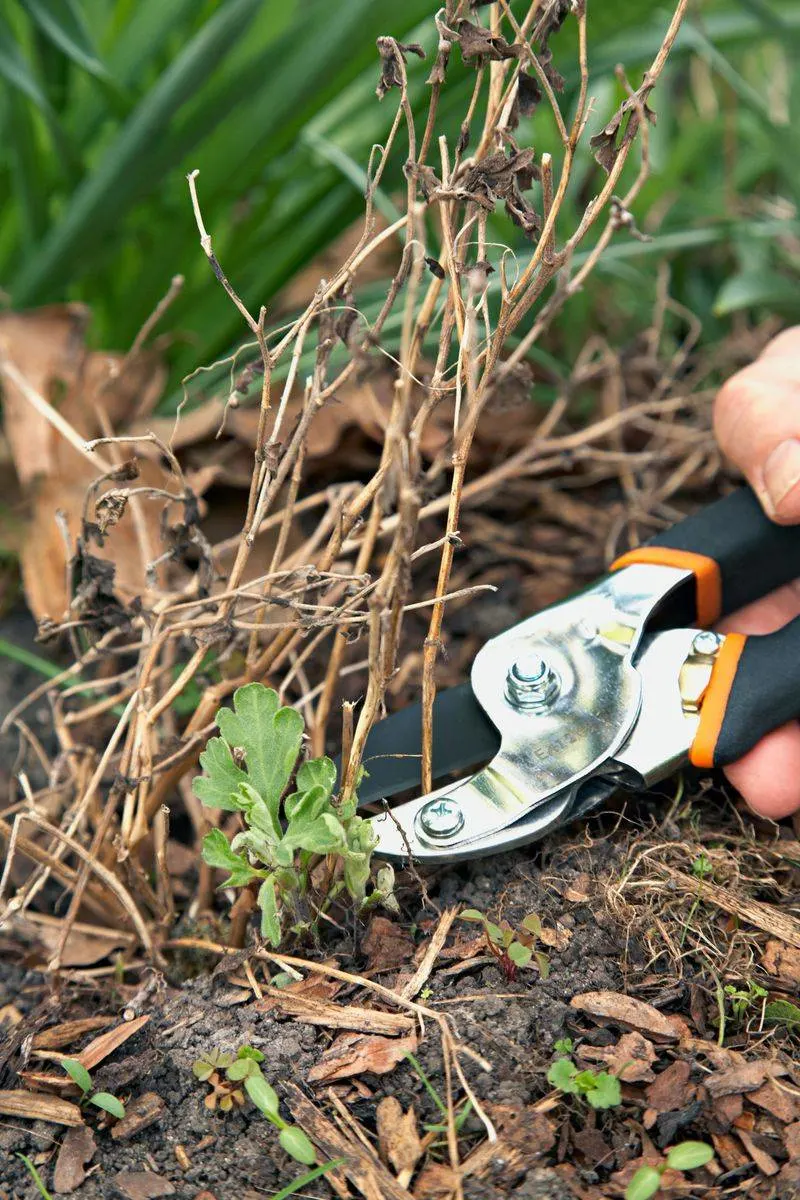
Timing is everything when it comes to pruning chrysanthemums. Wait until after the first frost, when the plants have naturally started to die back. This ensures they’ve stored enough energy in their roots for the winter. Cut the stems back to about 6 inches above the ground.
This might seem drastic, but it helps in preventing diseases and pests from harboring in the dead foliage. Pruning at this stage also encourages a stronger root system, which is vital for thriving plants come spring. Proper pruning is an essential step in the overwintering process.
Mulch for Insulation

Mulching serves as a cozy blanket for your chrysanthemums during chilly months. Use organic materials like straw, wood chips, or shredded leaves, applying a layer about 3 to 4 inches thick. This not only insulates the roots against freezing temperatures but also retains soil moisture.
As the mulch breaks down, it enriches the soil with nutrients, benefiting the plants in the long run. In colder regions, a thicker layer might be necessary to ensure optimal protection. Thoughtful mulching is an effective, natural strategy to safeguard your chrysanthemums until spring.
Water Sparingly in Winter
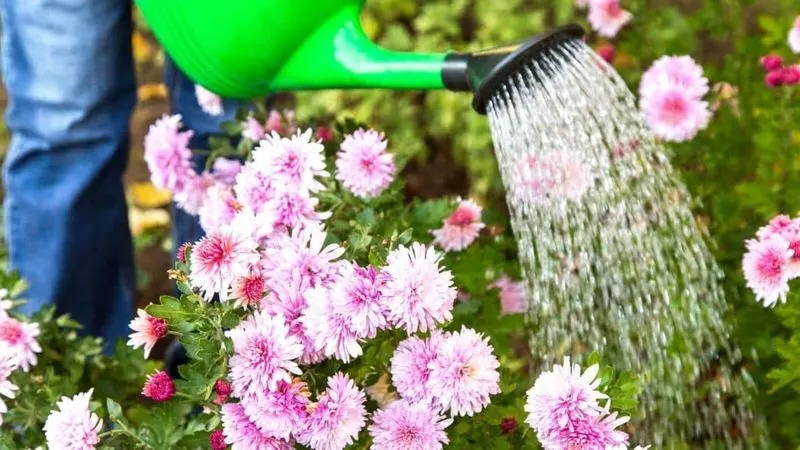
During winter, chrysanthemums enter a dormant phase, requiring minimal watering. Overwatering can be detrimental, leading to root rot in cold, wet conditions. Instead, check the soil moisture occasionally; water only if it feels dry to the touch. For potted plants, ensure drainage holes are unobstructed.
This cautious approach prevents water from freezing around the roots, which can be damaging. Remember, less is more during this period. By managing water carefully, you help maintain the health of your chrysanthemums, setting the stage for their revival in the warmer months.
Protect from Extreme Cold
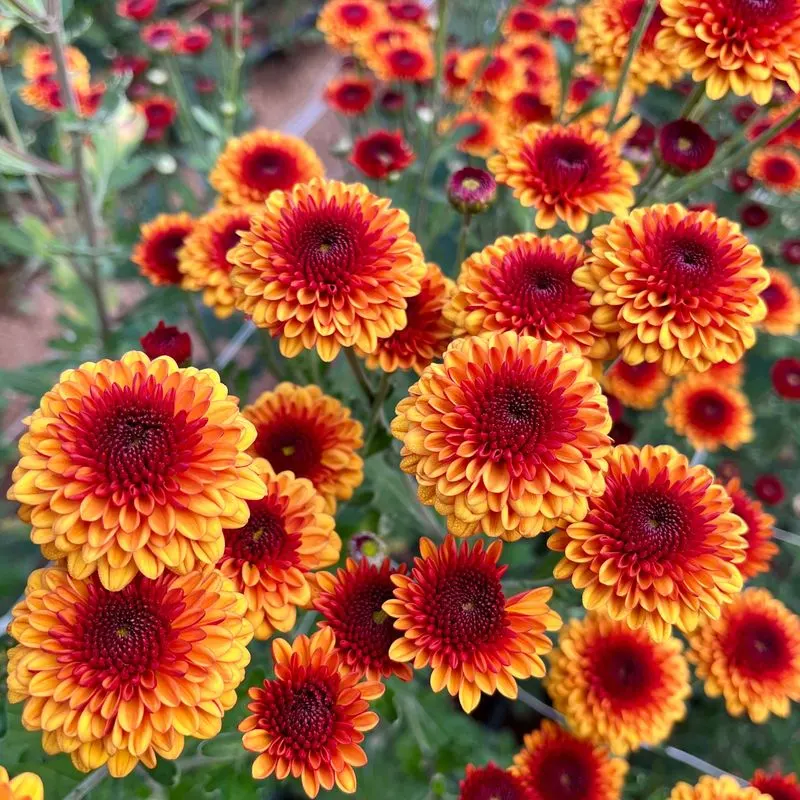
In regions with harsh winters, extra protection for your chrysanthemums is vital. Use burlap or frost cloth to wrap the plants, securing them with stakes or a simple wooden frame. This barrier against the wind and freezing temperatures can make a significant difference in survival rates.
Alternatively, you might consider using cold frames or cloches for added insulation. These methods are particularly useful in areas prone to temperature fluctuations. Protecting your plants from extreme cold helps ensure they remain healthy and ready to thrive once spring arrives.
Monitor for Pests and Diseases
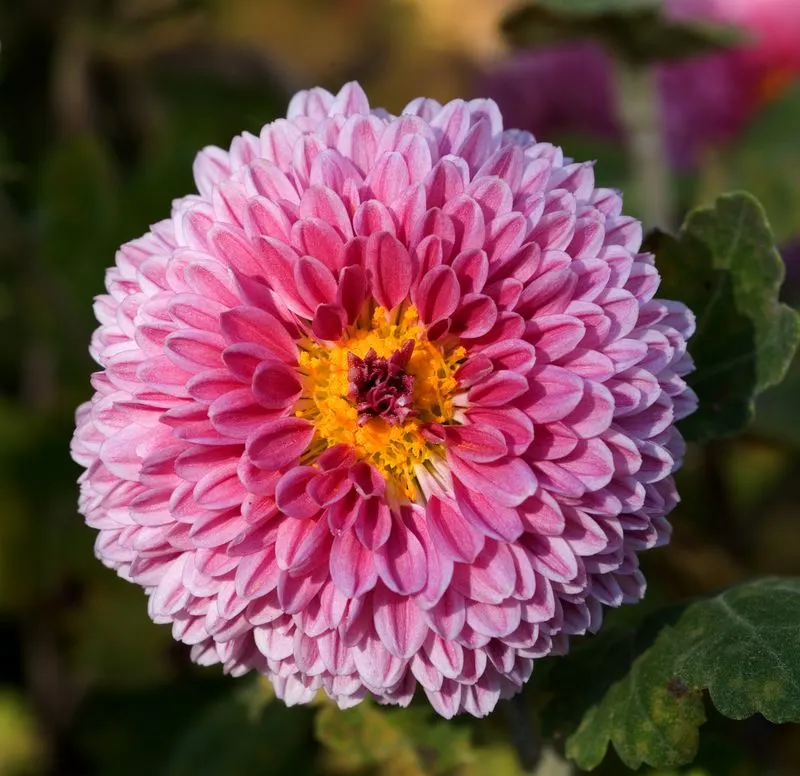
Even during the colder months, chrysanthemums are not entirely free from pests and diseases. Regularly inspect the leaves and stems for any signs of trouble. Common winter pests include aphids and spider mites, which can be controlled with neem oil or insecticidal soap if detected early.
Fungal diseases may also appear, especially in damp conditions; removing affected foliage can help prevent spread. Keeping a vigilant eye on your plants helps ensure they remain healthy throughout the winter. Prompt action can save your chrysanthemums from potential threats, ensuring robust growth come spring.
Fertilize in Early Spring

As winter fades and temperatures rise, it’s time to nurture your chrysanthemums with a balanced fertilizer. Early spring is ideal for this, as it fuels new growth and prepares plants for the blooming season. Opt for a slow-release granular fertilizer, gently worked into the soil around the base.
This provides essential nutrients gradually, supporting steady development. Avoid over-fertilizing, as it can lead to excessive foliage at the expense of blooms. With the right fertilization strategy, your chrysanthemums will be well-prepared to deliver vibrant flowers in the months ahead.
Repot If Necessary
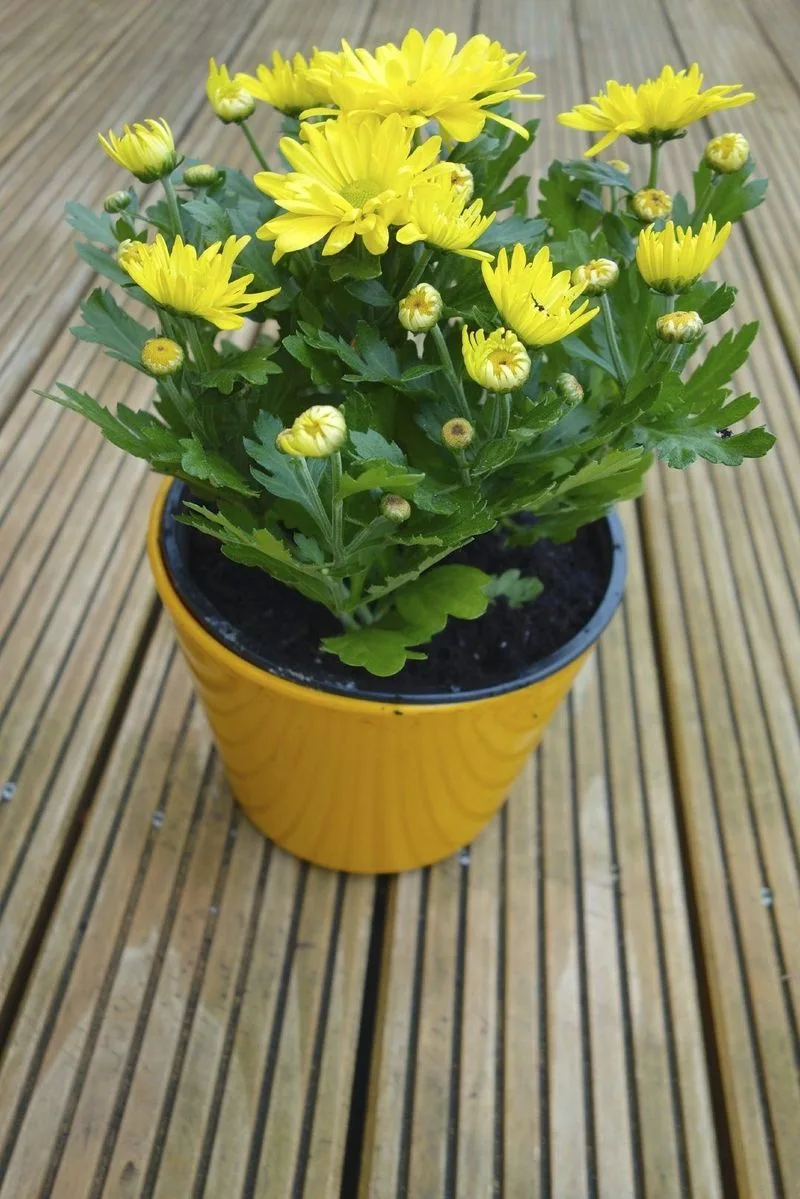
If your chrysanthemums outgrow their current containers, consider repotting them in early spring. Choose a pot slightly larger than the current one, ensuring it has adequate drainage. Fresh potting soil rich in organic matter provides the plants with a healthy environment to extend their roots. During repotting, gently loosen any compacted roots to encourage better growth.
This process not only accommodates their increasing size but also rejuvenates the soil, enhancing nutrient availability. Proper repotting ensures that your chrysanthemums flourish as they transition from winter dormancy to active growth.
Plan for Propagation

Spring is a great time to propagate chrysanthemums, expanding your collection. Take healthy cuttings from robust plants, about 4 to 6 inches long. Remove the lower leaves and dip the cut end into rooting hormone. Plant these cuttings in a mix of peat and perlite, keeping them moist and warm.
This encourages root development over several weeks. Once established, these new plants can be transferred to their permanent location. Propagation not only increases your plant stock but also rejuvenates older plants, contributing to a vibrant display of chrysanthemums in your garden.
Monitor Growth and Adjust Care

As your chrysanthemums awaken from their winter slumber, pay close attention to their growth patterns. Regularly assess their health, adjusting care routines as needed. This may include altering water schedules or providing additional support as stems lengthen.
If growth appears sluggish, inspect the roots for overcrowding or nutrient deficiencies. Timely interventions can make a significant difference in plant vitality. Documenting your observations helps refine your care strategy each year, leading to more successful results. By staying attentive, you’re more likely to witness a spectacular floral display when your chrysanthemums burst into bloom.

